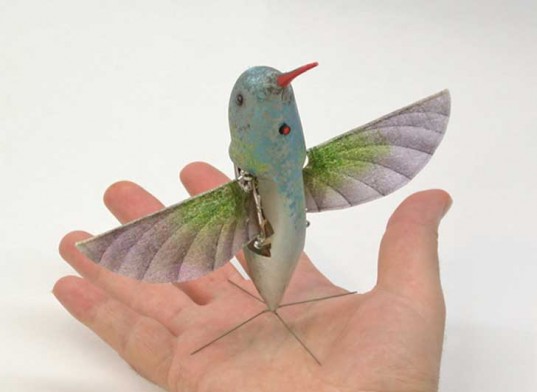Ancient Chinese Automata August 14, 2014
Author: Beach Combing | in : Ancient , trackbackThere are a series of early texts that describe automata, small mechanical toys that allegedly operated in antiquity and that carried out wonders. The most famous is perhaps Archytas of Tarentum’s work with mechanical birds (another post another day). He is said to have created, credibly enough, a mechanical pigeon in the fifth century B.C., a pigeon which flew on a pivot, possibly using water power. But while most historians, classical or otherwise, know that remarkable objects were dreamed up in the ancient Mediterranean, they have heard little of the automata of the far East. We visited Korea several months ago for a water thief. Now it is the turn of ancient China. Beach has put together a very modest list of alleged achievements in the robotic line. Many appear in mythical texts or sources where historical truth was not the main issue at hand. However, if we cannot trust their existence, and probably the majority of these objects were fantasy, then we should marvel at a culture that was able to imagine such things at this date. Here are some highlights.
A) A wooden chariot and wooden horses with a wooden driver ‘at the wheel’. First described in the first century AD. It ran away with the inventor’s mother: the first cylon?
B) Bird made of bamboo and wood that could stay in the air for three days. First described in the fifth century B.C.
C) Stone dogs to guard houses: associated with the fifth or sixth century B.C. Something charmingly Dungeons and Dragons about these granite fidos.
D) Wooden cats to catch mice: associated with the fifth or sixth century B.C.
E) Yen Shih’s robot. This artificial man could sing, dance and wink (really!) at the royal concubines. 1000 BC.
F) Wooden ‘immortal’ that caused droughts by pointing its finger: associated with the fifth or sixth century B.C.
G) Automated puppet theatre. Clockwork? Third century A.D.
H) Wooden ox to drag provisions across country: they could be turned on or turned off with a twist of the tongue. Second century A.D.?
I) A wooden kite for flying men to destinations: compare this with Marco Polo’s encounter with Chinese kite men.
How do we explain the audacity to create these kinds of machine at this date, even if only in the imagination? In some cases there must be the suspicion that these were not automata but pinocchios, magical gollums filled not with cogs but with magical artifice. Take the wooden immortal and his drought making finger: the drought incidentally was ended by cutting off the offending finger (and hand). Doesn’t sound particularly clockwork.
Other ancient automata from China or elsewhere? Drbeachcombing AT yahoo DOT com
This post is largely based on an excellent article by Steve Moore in Fortean Studies 1, ‘Ancient Chinese Automata?’
17 Aug 2014: DM writes in with a couple of lovely links on antique automata from the Med. I learnt a lot… (1) and (2)



